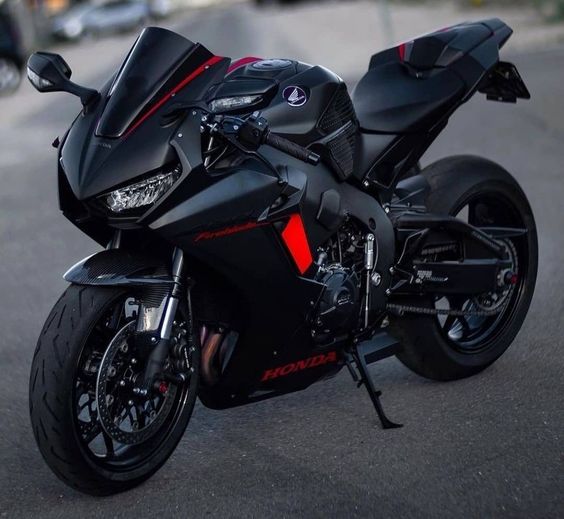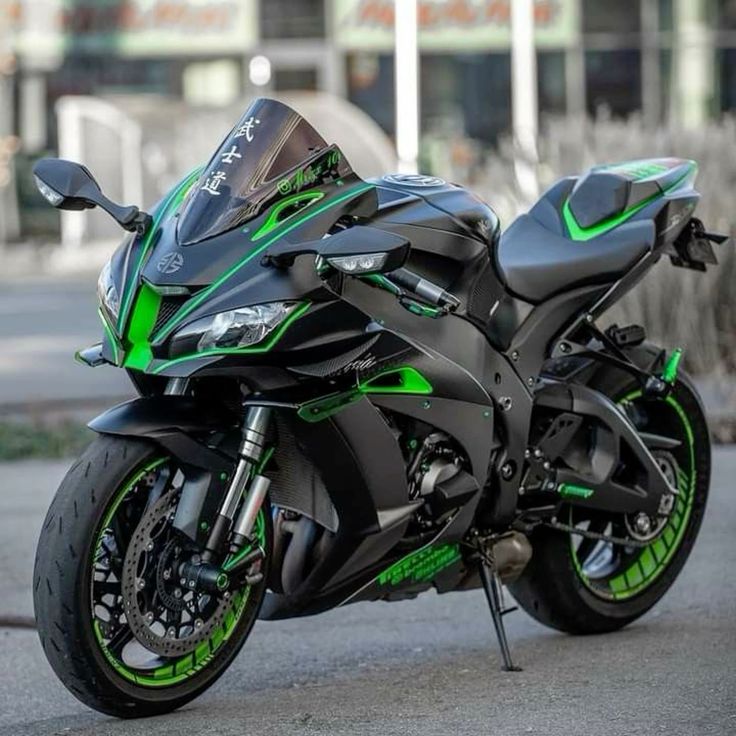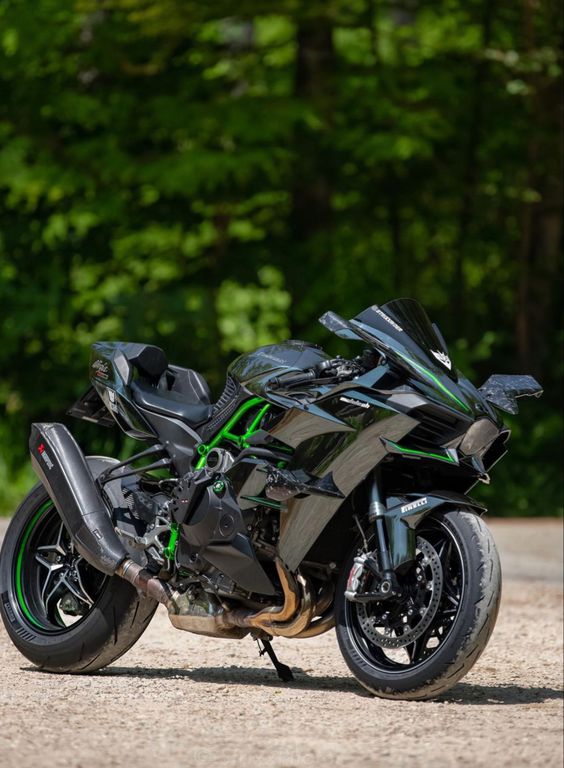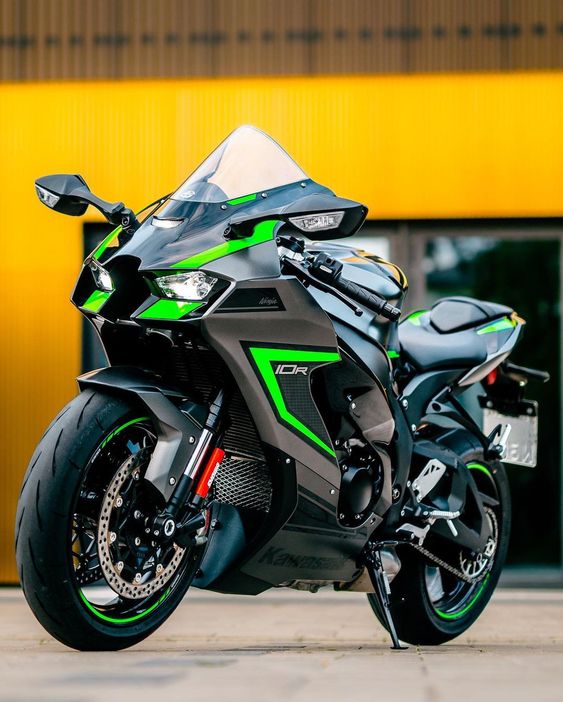So you’ve gotten your motorcycle license, picked out your dream bike, and are itching to hit the open road. But before you roar off into the sunset, there’s one crucial skill you need to master: shifting gears. Unlike a car’s automatic transmission, a motorcycle demands manual gear changes for optimal performance and control.
This comprehensive guide is designed for new riders, breaking down the mechanics of motorcycle gear shifting in a clear and concise way. We’ll delve into the different components involved, the basic shifting process, and helpful tips for smooth and confident gear changes.

By the end of this guide, you’ll have the knowledge and confidence to tackle gear shifting on your motorcycle, allowing you to experience the full thrill and control of riding a motorcycle.
Understanding the Gear Shifting System: Your Motorcycle’s Engine Control Center
A motorcycle’s gear shifting system allows you to control the engine’s power delivery to the rear wheel. Here’s a breakdown of the key components:
- Clutch Lever: Located on the handlebar, the clutch lever disengages the engine from the transmission when pulled in. This allows you to shift gears without grinding or damaging them.
- Shift Lever: Located on the footpeg, the shift lever controls the gear selection. Pressing down typically shifts gears up, while lifting your foot shifts down.
- Gear Indicator (Optional): Many modern motorcycles have a gear indicator light on the instrument cluster that displays the current gear you’re in. This can be helpful for beginners who are still learning the feel of the gear changes.
- Transmission: The transmission houses the different gear sets and facilitates the transfer of engine power to the rear wheel based on the selected gear.
The Art of the Shift: A Step-by-Step Guide
Now that you understand the components, let’s walk through the basic process of shifting gears on a motorcycle:

- Find Neutral: With the engine running, locate neutral by pulling in the clutch lever completely and gently tapping the shift lever down until you feel a click. You should see a neutral light come on on the instrument cluster (if equipped).
- Engage First Gear: While still holding the clutch lever in, lift the shift lever once to engage first gear. You might hear a slight clunk as the gears mesh.
- Throttle and Clutch Coordination: Slowly roll on the throttle (the twist grip on the right handlebar) while simultaneously releasing the clutch lever smoothly but not abruptly. This allows the engine RPMs to rise and match the gear change, creating a smooth transition.
- Upshifting: Once you’ve reached a comfortable speed or RPM range in first gear, pull in the clutch lever completely, momentarily roll off the throttle slightly (rev-matching technique for smoother shifts, optional for beginners), and then lift the shift lever once to engage second gear. Repeat the process of releasing the clutch lever smoothly while rolling on the throttle to accelerate.
- Downshifting: For slowing down or coming to a stop, progressively downshift through the gears using the same clutch-in, shift, clutch-out technique. Remember to adjust your throttle application accordingly to avoid engine braking too aggressively, which can lock up the rear wheel.
- Coming to a Stop: With the motorcycle at a slow rolling speed, pull in the clutch lever fully, downshift to first gear, and then apply the brakes to come to a complete stop. Never release the clutch lever entirely while the motorcycle is stopped.
Practice Makes Perfect: Mastering gear shifting takes time and practice. Find a safe, open area free from traffic to hone your skills. Start by focusing on smooth clutch control and gear changes at low speeds. Gradually increase speed and practice upshifting and downshifting as you become more comfortable.
Essential Tips for Smooth and Confident Shifting
Here are some additional tips to help you master motorcycle gear shifting:

- Wear Proper Gear: Always wear a helmet, protective clothing, and motorcycle-specific boots that offer good ankle support. This will give you confidence and protect you in case of a fall.
- Find the Friction Zone: The friction zone is the sweet spot on the clutch lever where the engine starts to engage and disengage from the transmission. Practice finding this point to ensure smooth clutch control.
- Don’t Force Shifts: If a gear doesn’t engage easily, don’t force it. Release the clutch lever slightly, try again, and ensure you’re completely stopped before attempting to shift into neutral.
Practice Makes Perfect: Mastering the Art of Shifting
-
Shifting at a Standstill (Optional): Once comfortable with basic shifting while riding, you can practice shifting at a standstill to refine your clutch control. With the engine running and the motorcycle in neutral, pull in the clutch lever and hold it. Try lifting the shift lever and releasing the clutch slowly, feeling the engagement point. Repeat this exercise for both upshifting and downshifting.
-
Rev-Matching (Advanced Technique): For smoother gear changes, experienced riders often use a technique called rev-matching. This involves briefly blipping the throttle (a quick twist and release) just before releasing the clutch lever when upshifting. This helps synchronize engine RPMs with the selected gear for a smoother transition. Mastering rev-matching takes practice, but it can significantly enhance your gear shifting experience.
Beyond the Basics: Advanced Shifting Techniques
As you gain experience and confidence, you can explore more advanced shifting techniques:

- Heel-and-Toe Shifting: This technique allows you to upshift and downshift without taking your foot off the peg. You use the ball of your foot to operate the shift lever for upshifts, while using your heel to push down for downshifts. This technique is commonly used in racing and requires practice to master.
- Engine Braking: Downshifting without applying the brakes can be a useful technique for slowing down the motorcycle, particularly when entering corners. However, it’s crucial to downshift progressively and avoid engine braking too aggressively, which can lock the rear wheel and cause a skid.
Gear Shifting and Motorcycle Safety
Mastering gear shifting is not just about smooth operation; it’s also a crucial safety skill. Here’s why:
- Smooth Control: Smooth gear changes allow for better control of the motorcycle, especially when maneuvering, accelerating, or braking.
- Emergency Maneuvers: The ability to shift gears quickly and efficiently can be critical in emergency situations where you need to react fast.
- Confidence and Focus: Mastering gear shifting frees up your mental focus, allowing you to concentrate on the road and potential hazards.
Ready to Hit the Road: Invest in Yourself and Your Skills
Now that you’ve mastered the basics of motorcycle gear shifting, you’re ready to explore the open road with confidence. Remember, practice is key. Find a safe space to hone your skills, and gradually increase the difficulty as you become more comfortable.

There are also motorcycle safety courses available that can provide valuable instruction and practice opportunities under the guidance of experienced instructors. Investing in a safety course is a great way to build your confidence and ensure you have the skills to handle your motorcycle safely on the road.
Embrace the Journey:
Mastering motorcycle gear shifting is a rewarding journey. It takes practice, patience, and a commitment to safety. But with dedication and the knowledge you’ve gained from this guide, you’ll be shifting gears like a pro in no time. Now, get out there, practice your skills, and experience the thrill of riding a motorcycle to the fullest!